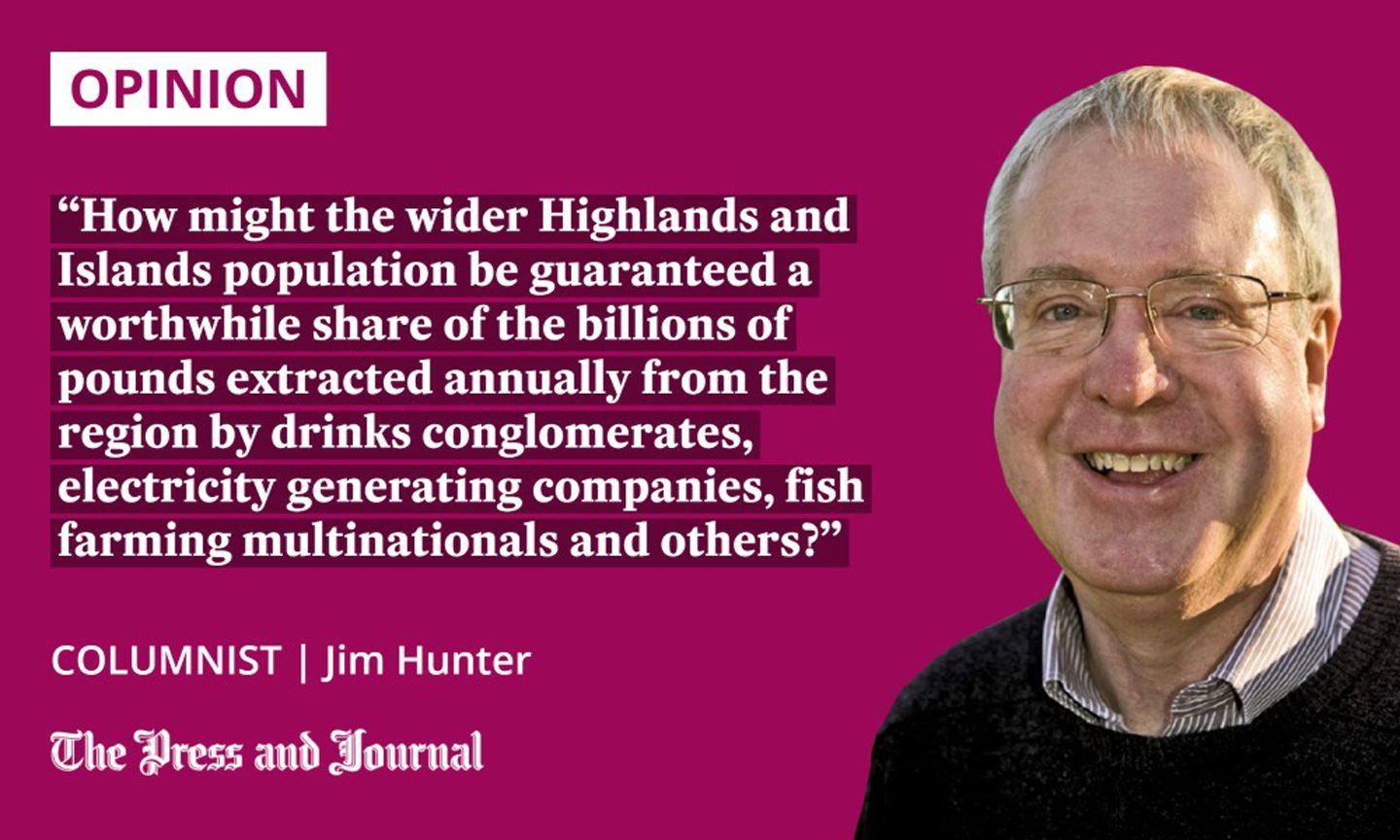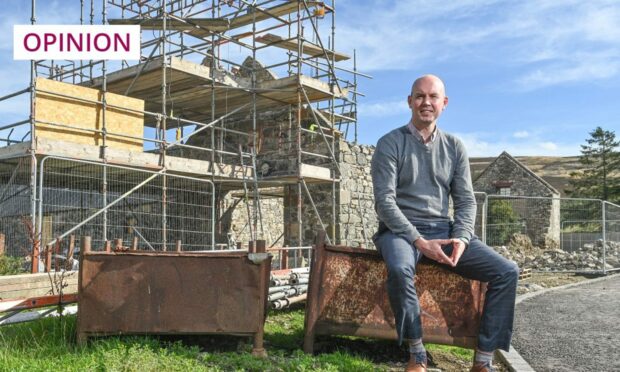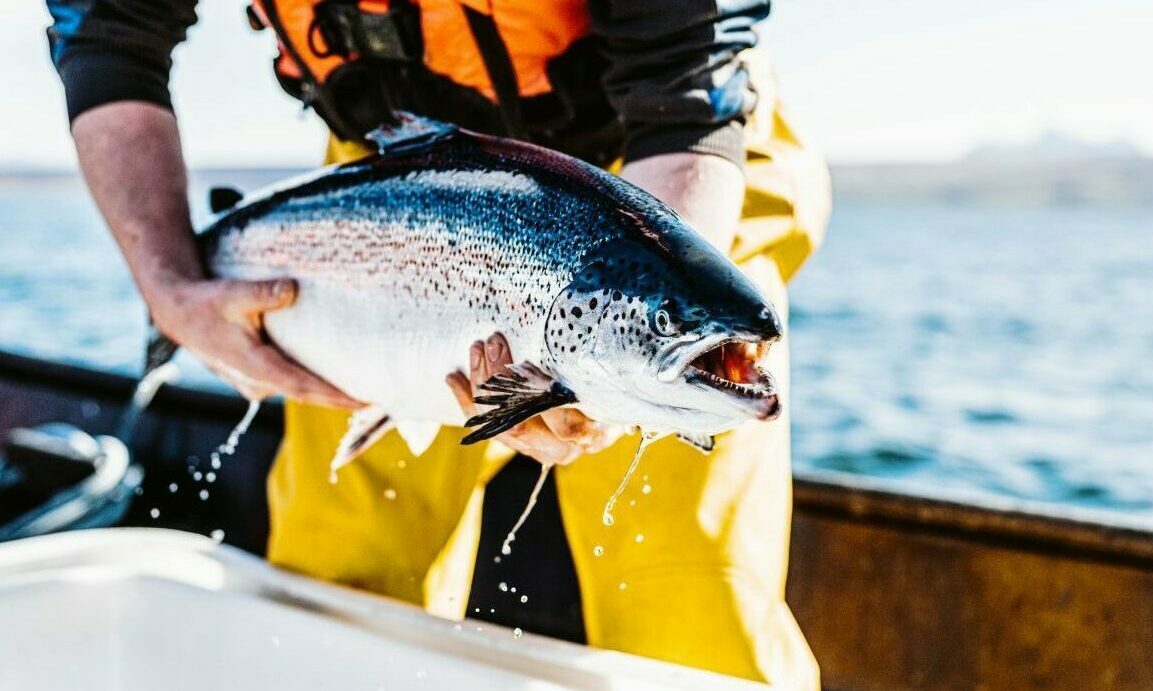Few Highland communities are far from a wind farm or a hydro dam.
That explains why the north produces more electricity than its residents can use. It doesn’t explain why the surplus, sent south by way of overhead power cables, is sold to urban consumers at lower prices than those charged to people living in the localities where this electricity is generated.
Disadvantage of that sort is a Highlands and Islands commonplace. It’s part cause, part consequence of the widespread perception of the area as somewhere that’s forever fated to get a raw deal because of its geographical position and its comparatively small population.

People closer to centres of political and economic power, whether in Edinburgh or London – or, so it’s habitually taken for granted – are bound to be better served in all sorts of ways than folk in “the northern reaches of Scotland”.
That’s how the Highlands and Islands were described last week by Conservative MP Laura Farris, who’d like fracking for shale gas to be located in those northern reaches instead of her own Berkshire constituency.
Highland glens are now monopolised by outsiders
Shale gas, as it happens, isn’t to be got in the Scottish north. But, the region possesses, and has long possessed, plenty of other resources. Its difficulty is that these have all too often been utilised and exploited in ways that channel much of the resulting proceeds into pockets whose owners are in no way local.
Whisky-making is a good or bad example. Way back, the typical whisky producer was a farming tenant in somewhere like the Strath of Kildonan, Strathglass, Strathspey or the Cabrach, places where the necessary raw materials – clean water, malting barley, peat to fire the malting and distillation processes – were readily to hand.
The resulting liquor (high in value and easily transported) found plenty of buyers in towns and cities where Highland whisky was much preferred to the rotgut output of urban distilleries, operating in polluted environments and reliant on a mix of raw, unmalted grains.
It was made illegal to produce whisky in anything other than large and costly stills
But, whisky, even in those days, was a potentially lucrative source of taxation in the form of excise duties. Small-scale producers could readily avoid these duties. More substantial operators couldn’t. And, so, it was made illegal to produce whisky in anything other than large and costly stills.
Whisky-making was, thus, set on the road to becoming an ever bigger business. Its profits, once available to thousands of households scattered through scores of Highland glens, are now monopolised by a tiny number of companies, controlled for the most part from outside the Highlands, Scotland, and even the UK.
How can the Highlands and Islands benefit from the billions it helps to provide?
A more recent example of much the same process is provided by salmon farming. When it began in the 1970s, fish farming was seen as a marine equivalent of crofting, or family farming. Highlands and Islands sea lochs, it was said, would shortly be home to lots of small fish farms – all owned by local operators.
Fifty years on, however, the last such operators have gone, and the industry is firmly in the hands of just four overseas corporations.
Much the same holds true of other enterprises. There are few Highland equivalents of the small-scale woodland owners common in other parts of Europe. Forestry, like whisky and fish farming, is dominated by large corporations – one of them, admittedly, state-owned.
What might be done to change this situation? How might the wider Highlands and Islands population be guaranteed a worthwhile share of the billions of pounds extracted annually from the region by drinks conglomerates, electricity generating companies, fish farming multinationals and others?
With a breakaway likely to remain, for better or worse, in the realms of fantasy, what more modest initiatives could and should be undertaken?
One way forward, it’s been suggested semi-seriously, would be for a big slice of the Scottish north to opt out of both the UK and Scotland – thus ensuring, for example, that the massive revenues currently extracted from whisky producers by the UK exchequer would be available for spending in the area where whisky is made.
But, with any such breakaway likely to remain, for better or worse, in the realms of fantasy, what more modest initiatives could and should be undertaken?
Put profits back into local places
Might there be scope for more distilleries such as the one the Cabrach Trust is presently constructing in its corner of upland Moray – a distillery run as a social enterprise and with the stated remit of funnelling cash into the regeneration of a place that’s suffered from runaway depopulation?
Should the funding going into environmentally-driven woodland expansion be reorganised to make farmers and crofters, instead of so-called green lairds, its main beneficiaries?
Could there be a place for more community-owned wind farms along the lines of those already in existence in Gigha and South Uist?
And, is it too much to hope that the UK Government might alter electricity charging mechanisms in ways that work to the advantage, not the disadvantage, of what Laura Farris MP has dismissed as our northern reaches?
Jim Hunter is a historian, award-winning author and Emeritus Professor of History at the University of the Highlands and Islands




Conversation